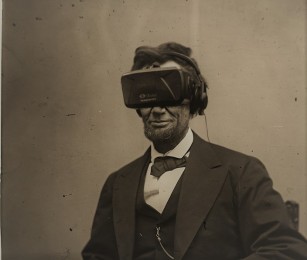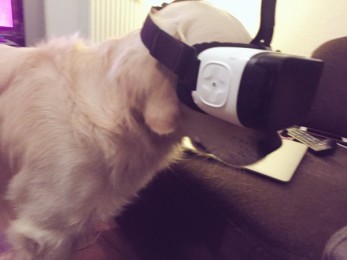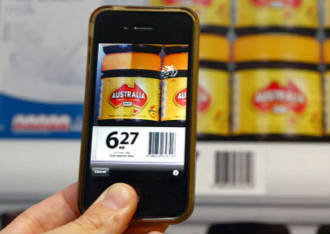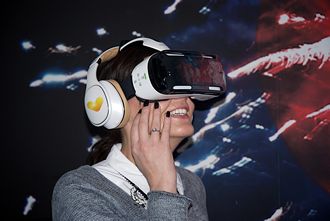 The people of the divination division at beancounters Canalys have been shuffling their tarot decks and concluded that virtual reality headsets will be a hit in verticals such as healthcare and education.
The people of the divination division at beancounters Canalys have been shuffling their tarot decks and concluded that virtual reality headsets will be a hit in verticals such as healthcare and education.
Canalys said the emerging device category has just racked up its first million-unit quarter and shipments reached seven figures for the first time in the third quarter.
This was due to a price war among leading players such as Oculus and Sony which saw consumers start to buy.
Canalys analyst and auger Jason Low said that VR headsets are set for “strong uptake” in the business market from next year as new A-brand PC entrants supporting Microsoft’s Windows Mixed Reality platform begin to push their products through the channel.
“VR in business can be applied to many industries, such as manufacturing, healthcare and education,” said Low. “As top-tier PC vendors, including HP, Lenovo, Acer, Asus and Dell launch their own VR headsets, using their distribution channel efficiencies, one can expect a strong VR uptake in business.”
Canalys’s definition of VR excludes simple viewers, such as Samsung’s Gear VR and Google’s Daydream View. Oculus – one of three players alongside Sony and HTC which together account for 86 percent of the market according to Canalys – recently slashed the price of its Rift headsets to $399.













